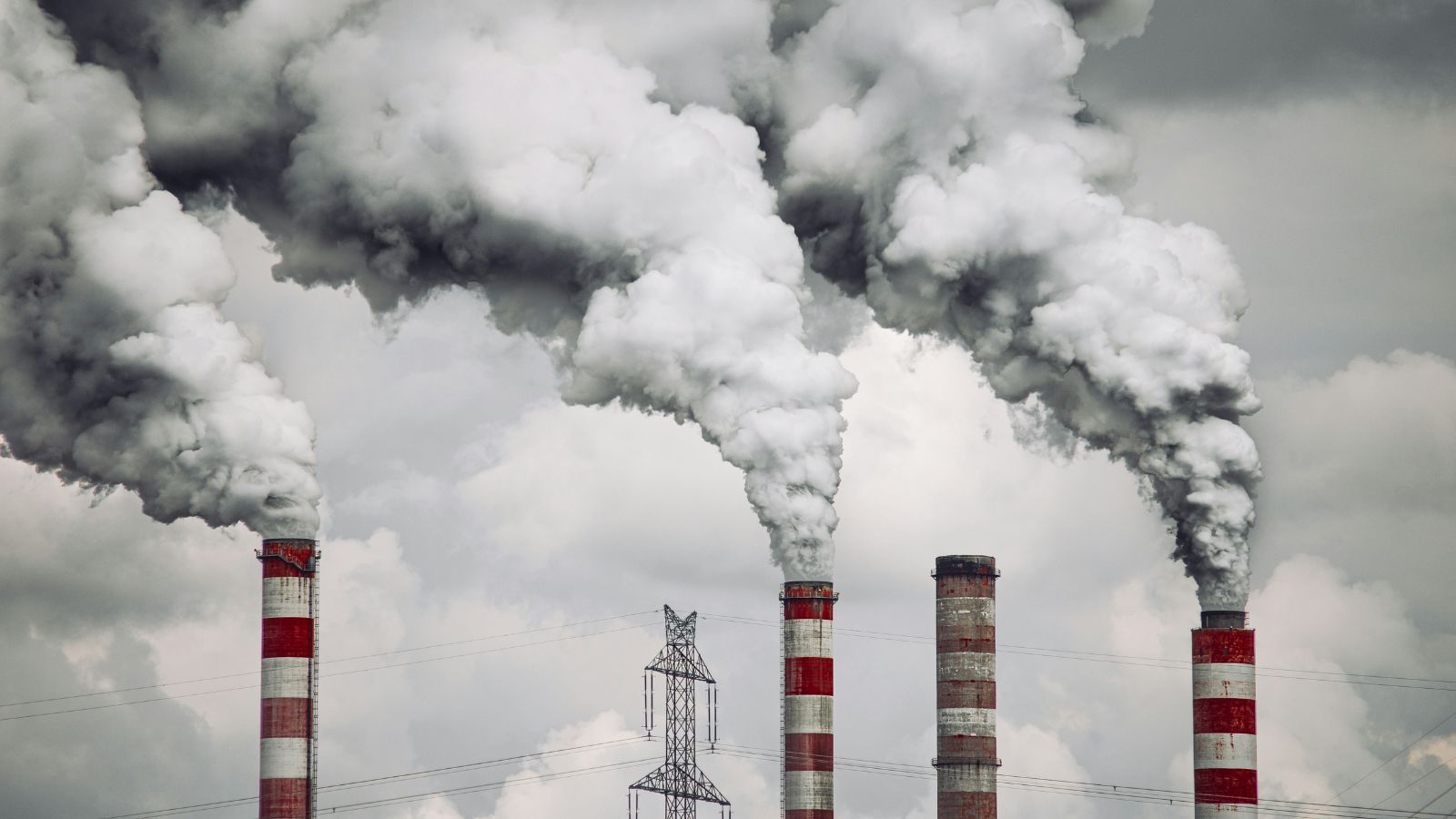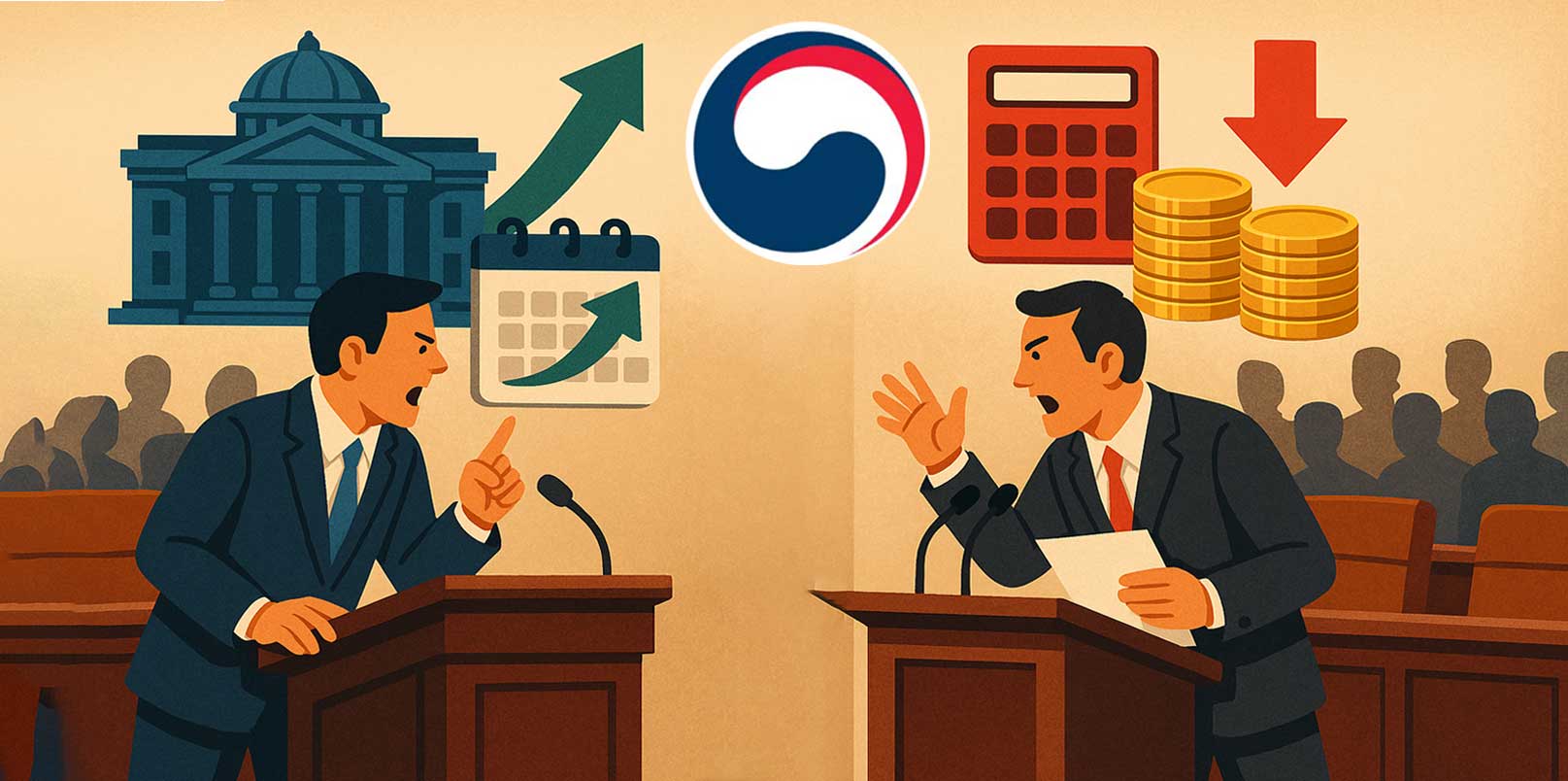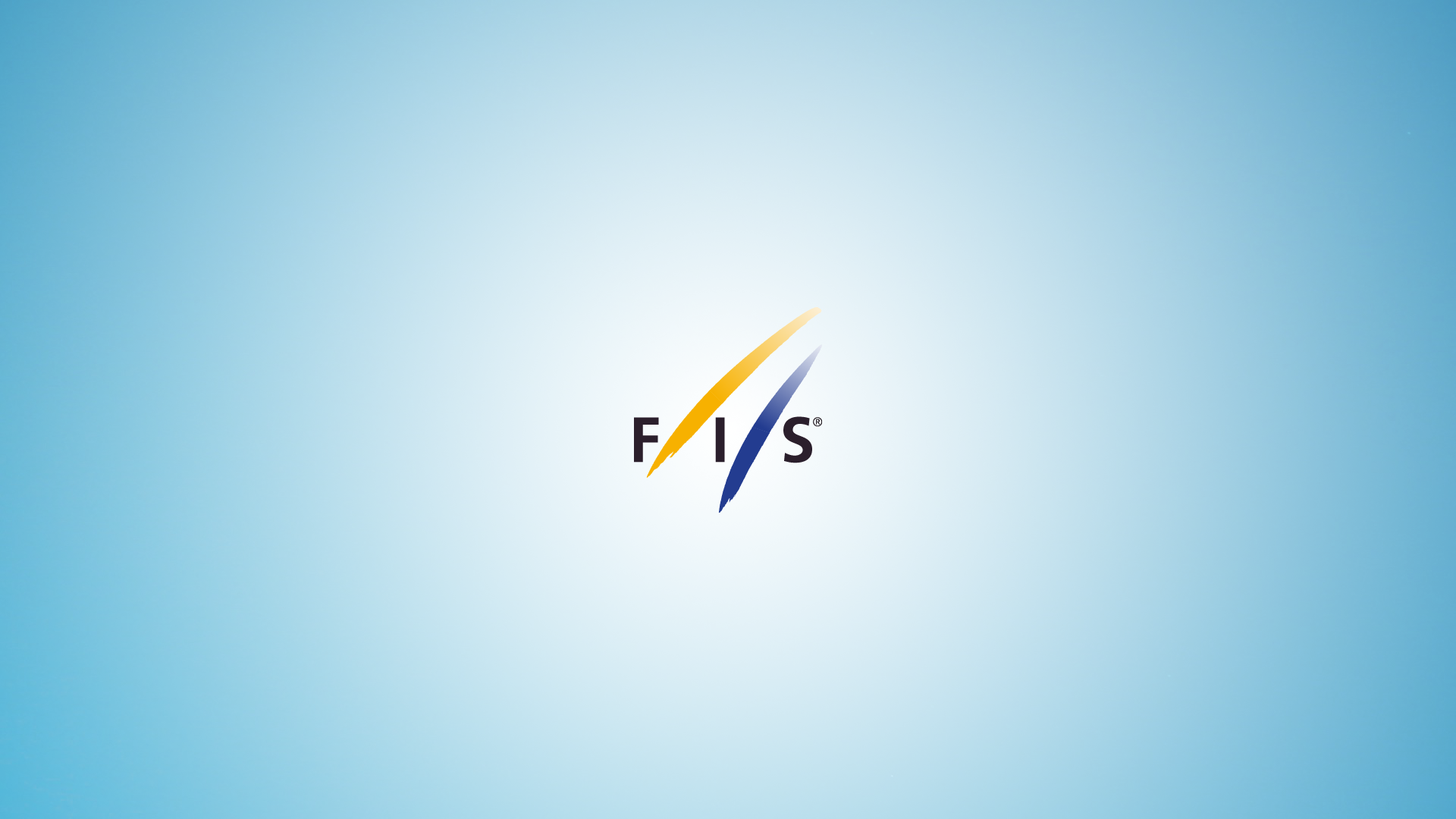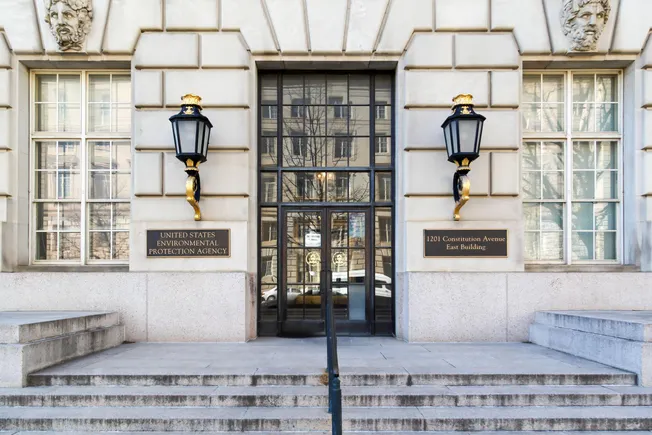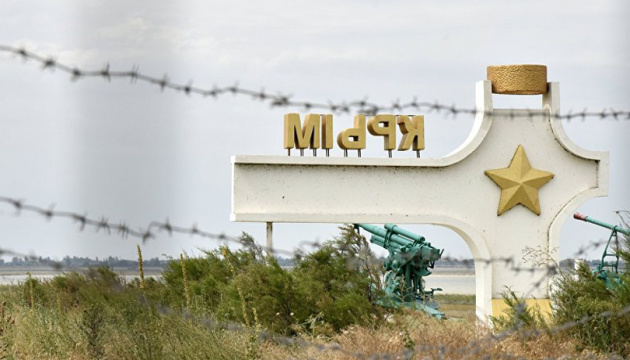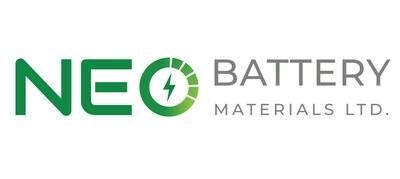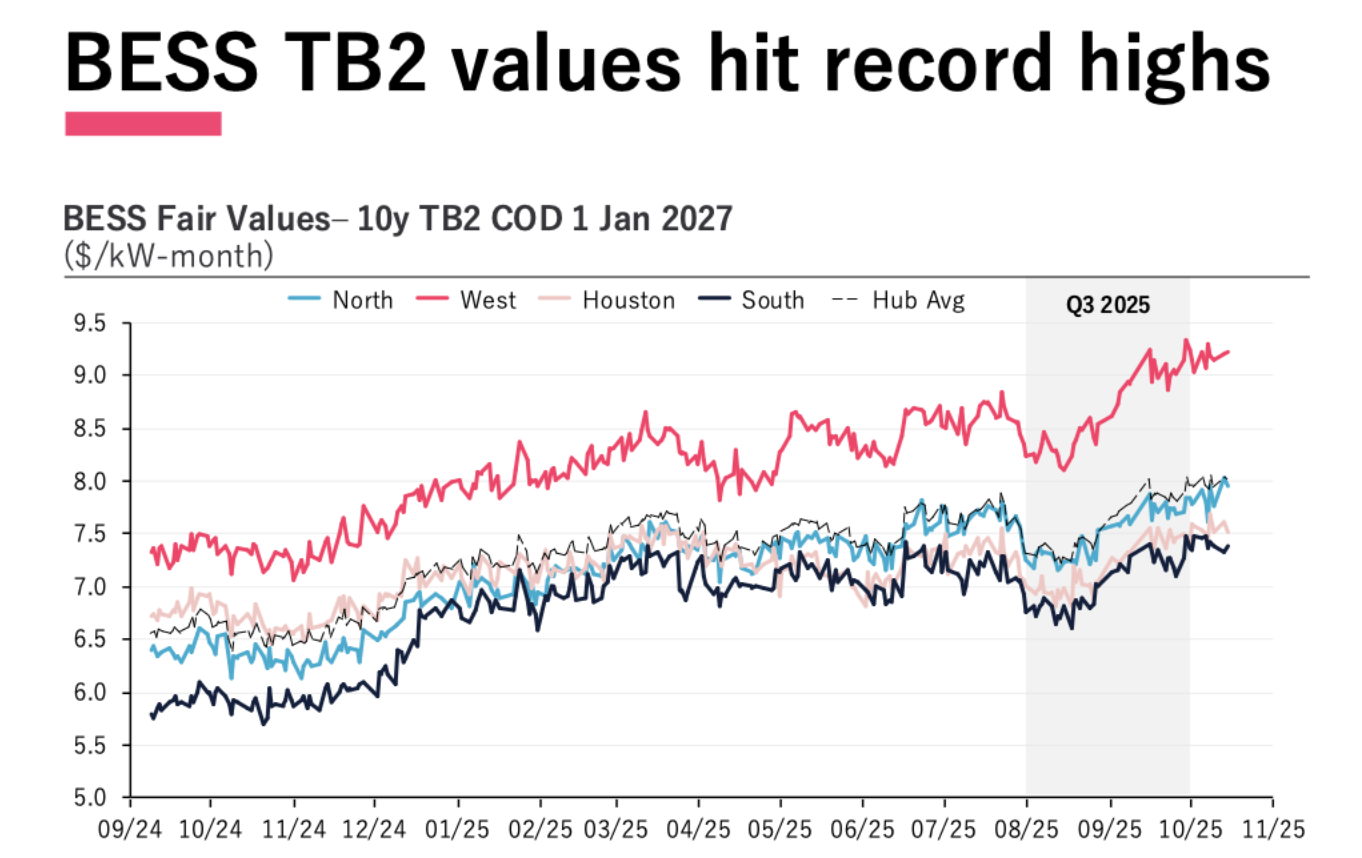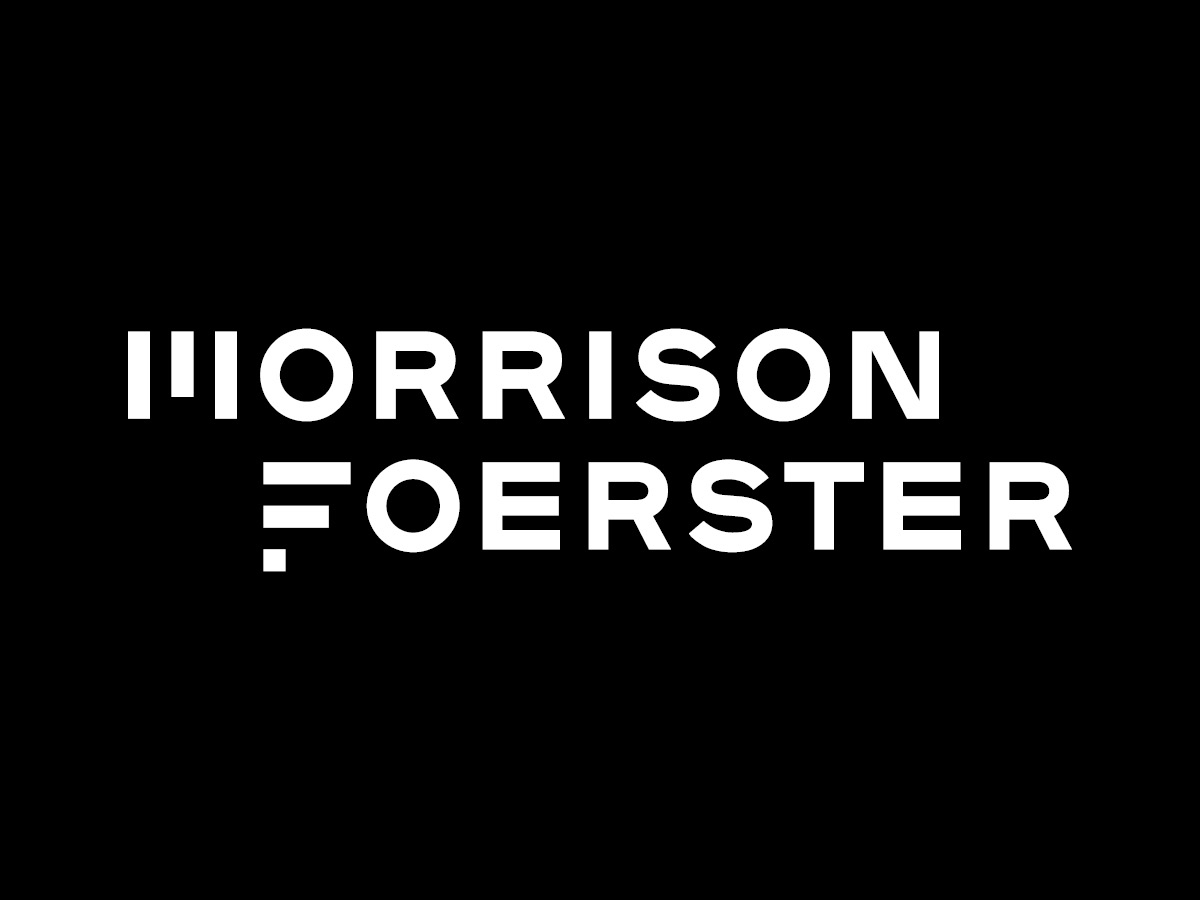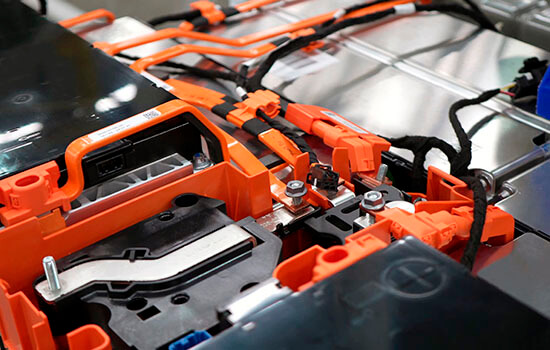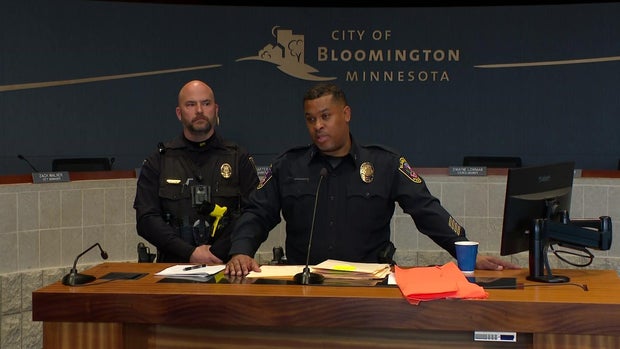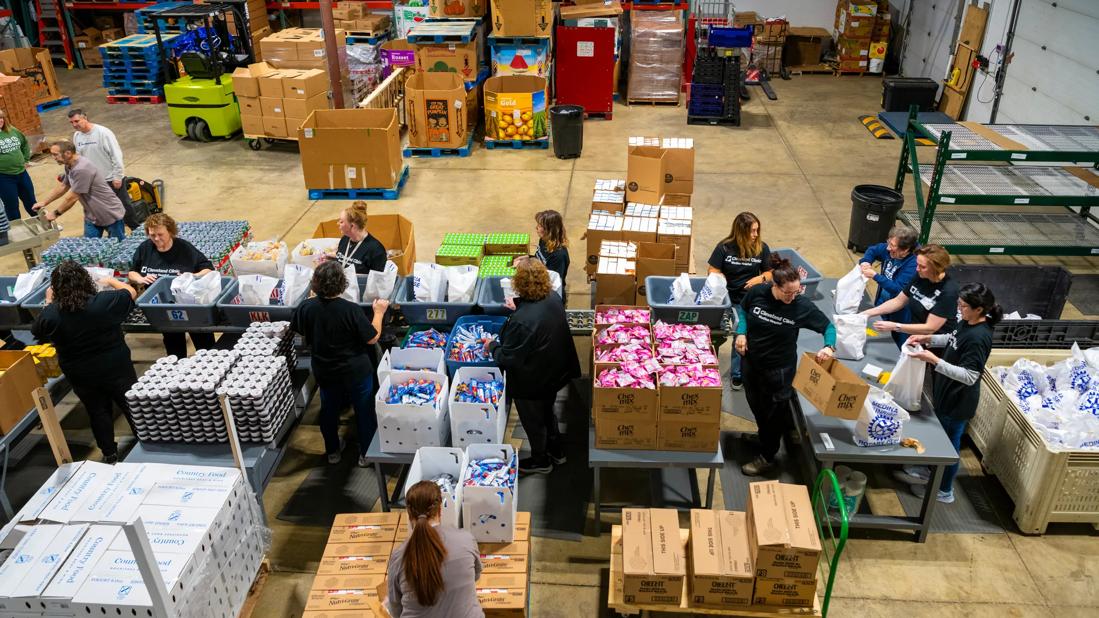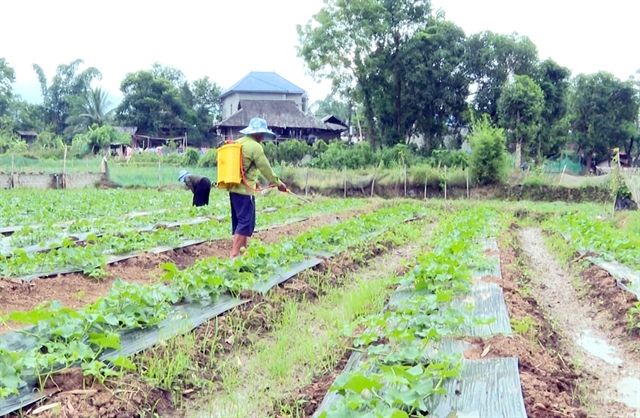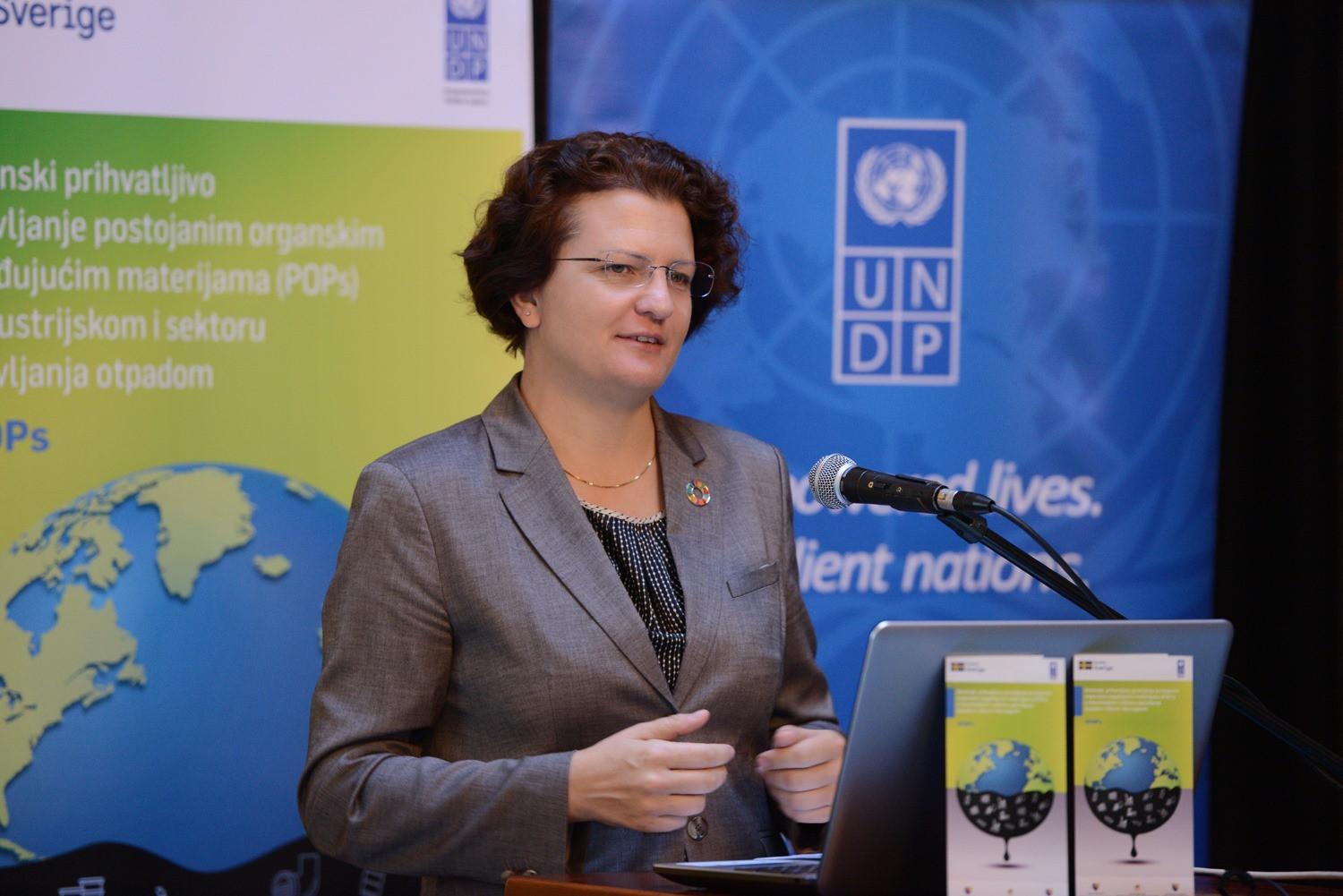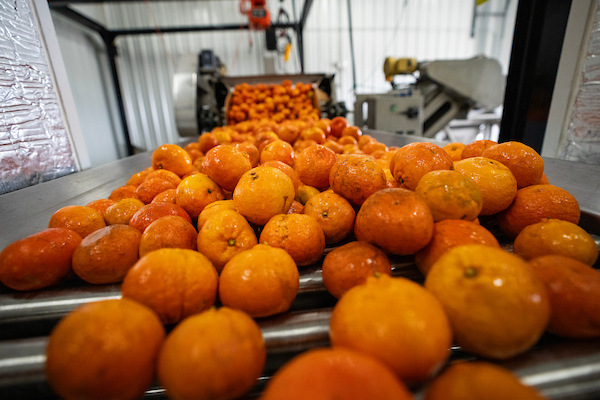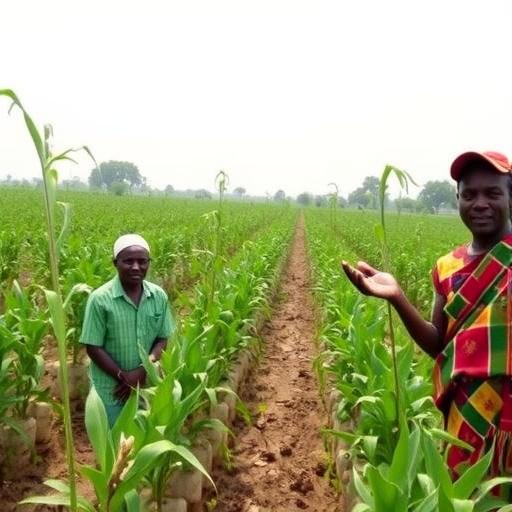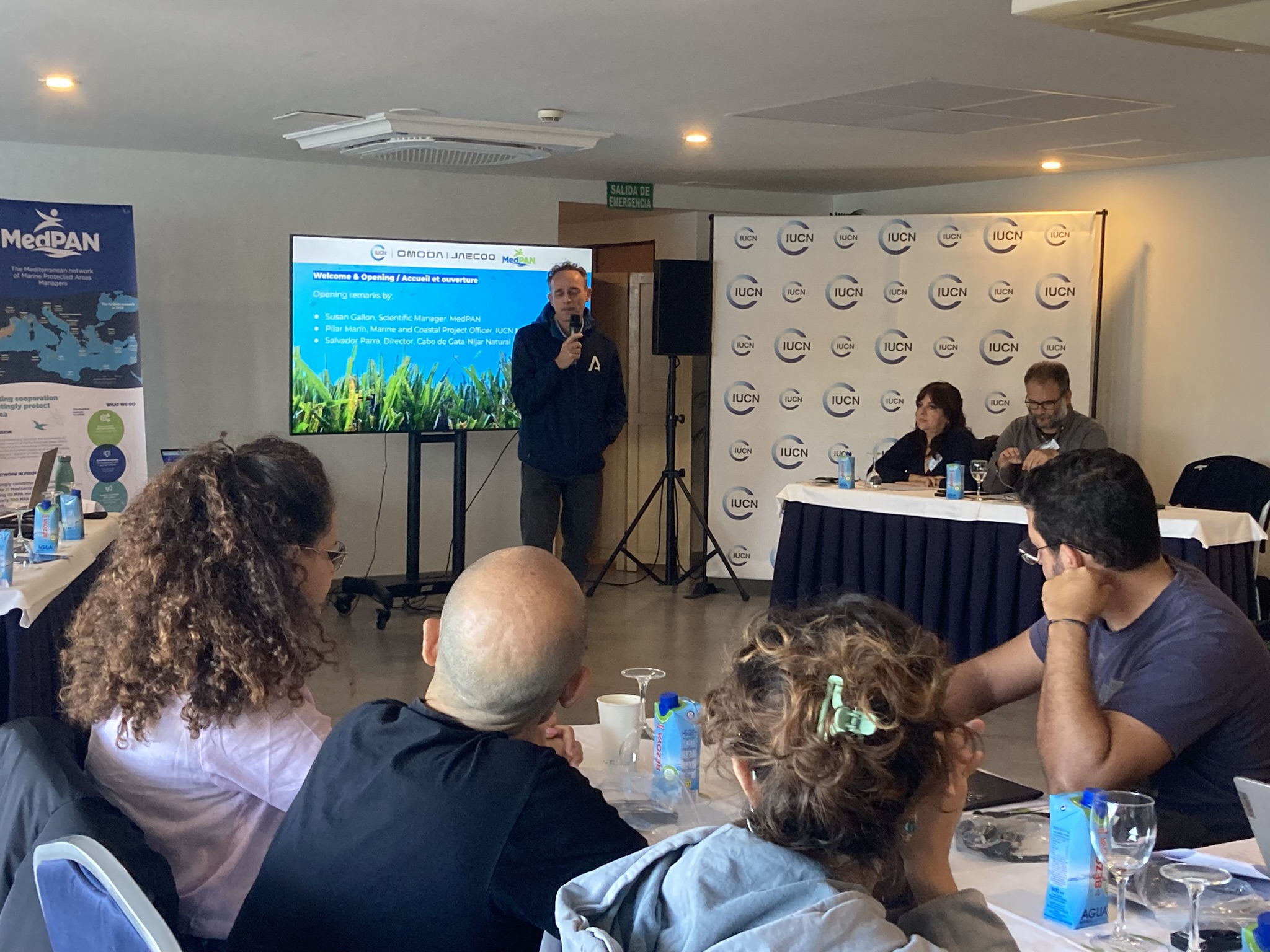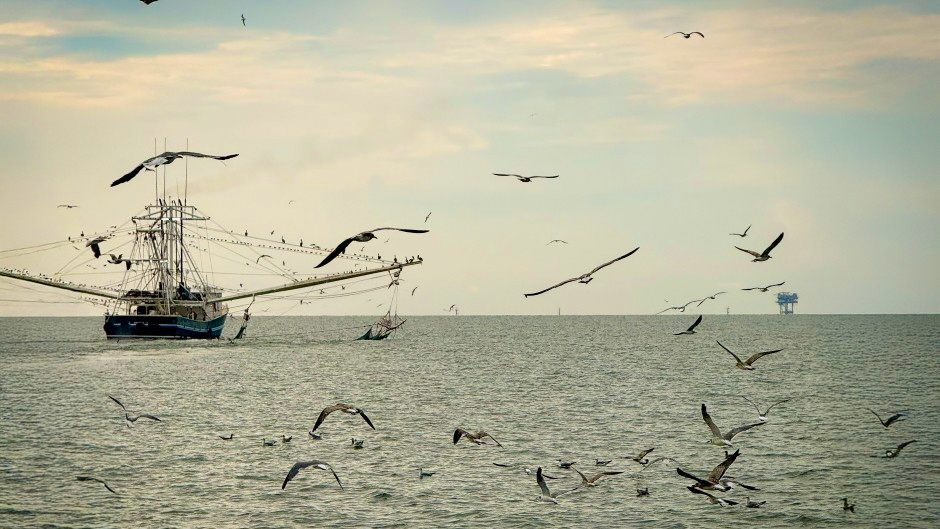New Mobile App Lets Citizens Join the Fight Against Marine Pollution – tovima.com

Report on the “Prevent” Mobile Application for Marine Pollution Monitoring in Greece
Introduction: Aligning with the Sustainable Development Goals
A new technological initiative has been launched in Greece to combat marine pollution through real-time, citizen-led reporting. The “Prevent” mobile application, developed under the Interreg IPA ADRION Prevent program, represents a significant step towards achieving several United Nations Sustainable Development Goals (SDGs). This report details the project’s framework, its technological underpinnings, and its direct contributions to global sustainability targets, particularly SDG 14 (Life Below Water), SDG 11 (Sustainable Cities and Communities), SDG 17 (Partnerships for the Goals), and SDG 9 (Industry, Innovation, and Infrastructure).
Advancing SDG 14: Combating Marine Pollution
The core mission of the Prevent initiative is to address the critical challenge of marine litter, which is exacerbated by climate change. This directly supports the objectives of SDG 14: Life Below Water.
- Target 14.1: By 2025, prevent and significantly reduce marine pollution of all kinds, in particular from land-based activities, including marine debris and nutrient pollution. The application provides a direct mechanism for identifying and managing pollution sources.
- Innovative Tools: The project focuses on developing advanced tools for the detection, prevention, and management of marine pollution, empowering authorities to respond more effectively and protect marine ecosystems.
Fostering Innovation and Partnerships (SDG 9 & SDG 17)
The project’s success is built on a foundation of technological innovation and multi-stakeholder collaboration, reflecting the principles of SDG 9 (Industry, Innovation, and Infrastructure) and SDG 17 (Partnerships for the Goals).
- Technological Infrastructure (SDG 9): A sophisticated digital platform, developed by the Institute of Informatics and Telecommunications at the National Centre for Scientific Research “Demokritos,” utilizes an AI-supported database. This application of cutting-edge technology creates resilient and sustainable infrastructure for environmental monitoring.
- Multi-Stakeholder Partnerships (SDG 17): The initiative is a collaborative effort involving:
- The Interreg IPA ADRION framework.
- The South Aegean Regional Development Agency – ENERGEIAKI S.A.
- The National Centre for Scientific Research “Demokritos.”
- The general public as active participants.
Empowering Sustainable Communities (SDG 11)
By transforming citizens into active agents of environmental protection, the application strengthens community resilience and promotes environmental sustainability, a key component of SDG 11: Sustainable Cities and Communities.
- Citizen Science: The app empowers individuals to contribute directly to the well-being of their coastal and marine environments.
- Actionable Data: Individual observations are converted into structured, actionable environmental data, enabling improved management of pollution incidents and contributing to healthier local ecosystems.
Operational Framework
The system’s workflow is designed for efficiency and accessibility, combining mobile technology with artificial intelligence.
- A citizen user identifies a pollution incident at sea or on the coastline.
- Using the mobile application, the user captures a photograph of the incident.
- The image is uploaded and automatically stored in a central, AI-supported database.
- The system facilitates smart categorization and streamlined analysis, improving the overall management of environmental incidents by authorities.
SDGs Addressed in the Article
SDG 14: Life Below Water
- The article’s central theme is the development of a mobile application to report and combat marine pollution and marine litter. This directly aligns with SDG 14, which aims to conserve and sustainably use the oceans, seas, and marine resources. The “Interreg IPA ADRION Prevent” program is explicitly focused on “addressing marine pollution” and tackling “the challenge of marine litter.”
SDG 11: Sustainable Cities and Communities
- The initiative addresses pollution in “coastal and marine environments,” including incidents “along the shoreline.” This connects to the management of waste in communities. By enabling citizens to report litter, the app contributes to cleaner public spaces and more effective waste management systems in coastal cities and towns.
SDG 13: Climate Action
- The article explicitly mentions that the challenge of marine litter is “exacerbated by climate change.” While the app is a tool for pollution management, its context is linked to adapting to and mitigating the impacts of climate change on marine ecosystems. It also serves as an awareness-raising tool about environmental issues intensified by climate change.
SDG 17: Partnerships for the Goals
- The project is a clear example of a multi-stakeholder partnership. It involves the “Interreg IPA ADRION Prevent initiative,” the “South Aegean Regional Development Agency – ENERGEIAKI S.A.,” and the “National Centre for Scientific Research “Demokritos.”” Furthermore, it heavily relies on citizen participation, creating a partnership between public institutions, research bodies, and civil society to achieve a common environmental goal.
Specific Targets Identified
Under SDG 14: Life Below Water
- Target 14.1: By 2025, prevent and significantly reduce marine pollution of all kinds, in particular from land-based activities, including marine debris and nutrient pollution.
- The article directly addresses this target. The app is designed to “report marine pollution in real time” and is part of a program aiming to “tackle the challenge of marine litter.” The goal is to help authorities “respond more swiftly and effectively,” which is a direct mechanism for preventing and reducing pollution.
Under SDG 11: Sustainable Cities and Communities
- Target 11.6: By 2030, reduce the adverse per capita environmental impact of cities, including by paying special attention to air quality and municipal and other waste management.
- The app functions as a tool for improved waste management. By allowing users to report pollution “at sea or along the shoreline,” it helps identify and manage waste that would otherwise negatively impact the coastal environment, which is often part of or adjacent to urban areas.
Under SDG 17: Partnerships for the Goals
- Target 17.17: Encourage and promote effective public, public-private and civil society partnerships, building on the experience and resourcing strategies of partnerships.
- The initiative described is a “public event” unveiling a platform that “combines citizen participation with cutting-edge technology.” This collaboration between a regional development agency, a national research center, and the general public is a textbook example of the civil society partnership promoted by this target.
- Target 17.18: By 2020, enhance capacity-building support to developing countries… to increase significantly the availability of high-quality, timely and reliable data disaggregated by… geographic location…
- The app is designed to generate actionable data. When users upload photos, the images are “automatically stored in an AI-supported database,” allowing for “smart categorization, streamlined analysis, and improved incident management.” This process directly creates timely, reliable, and geographically specific data on pollution, as requested by the target.
Implied Indicators for Measuring Progress
Indicators for SDG 14
- Implied Indicator for Target 14.1: The article implies the use of data that aligns with Indicator 14.1.1b (Plastics debris density). The “AI-supported database” that performs “smart categorization” of pollution incidents reported by citizens can be used to generate data on the type, amount, and location of marine litter, effectively measuring its density and distribution. The “actionable environmental data” mentioned is a direct reference to this type of information.
Indicators for SDG 17
- Implied Indicator for Target 17.17: The existence and operational success of the “Interreg IPA ADRION Prevent” initiative and the mobile app itself serve as a qualitative indicator of a functioning multi-stakeholder partnership. The number of active partners (regional agency, research center, public) can be tracked.
- Implied Indicator for Target 17.18: The number of pollution reports submitted through the app. The article states the app transforms “individual observations into actionable environmental data.” Therefore, the volume of data points (i.e., reports) collected in the database is a direct measure of the increased availability of timely and reliable data on marine pollution.
Summary of Findings
| SDGs | Targets | Indicators |
|---|---|---|
| SDG 14: Life Below Water | 14.1: By 2025, prevent and significantly reduce marine pollution of all kinds, including marine debris. | Implied Indicator (related to 14.1.1b): The quantity, type, and location of pollution incidents reported and categorized in the AI-supported database, which can be used to measure debris density. |
| SDG 11: Sustainable Cities and Communities | 11.6: By 2030, reduce the adverse per capita environmental impact of cities, paying special attention to waste management. | Implied Indicator: Number of pollution incidents reported along shorelines, leading to improved waste collection and management in coastal communities. |
| SDG 17: Partnerships for the Goals | 17.17: Encourage and promote effective public, public-private and civil society partnerships. | Implied Indicator: The operational existence of the partnership between the regional agency, research center, and citizens. The number of app downloads and active users can measure citizen engagement. |
| SDG 17: Partnerships for the Goals | 17.18: Increase significantly the availability of high-quality, timely and reliable data. | Implied Indicator: The total number of geo-tagged pollution reports (“actionable environmental data”) collected and analyzed by the platform in real time. |
Source: tovima.com

What is Your Reaction?
 Like
0
Like
0
 Dislike
0
Dislike
0
 Love
0
Love
0
 Funny
0
Funny
0
 Angry
0
Angry
0
 Sad
0
Sad
0
 Wow
0
Wow
0



